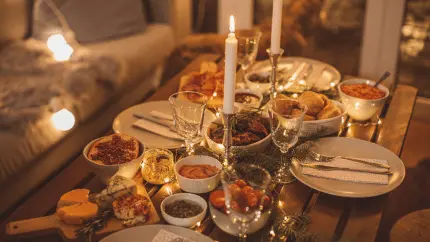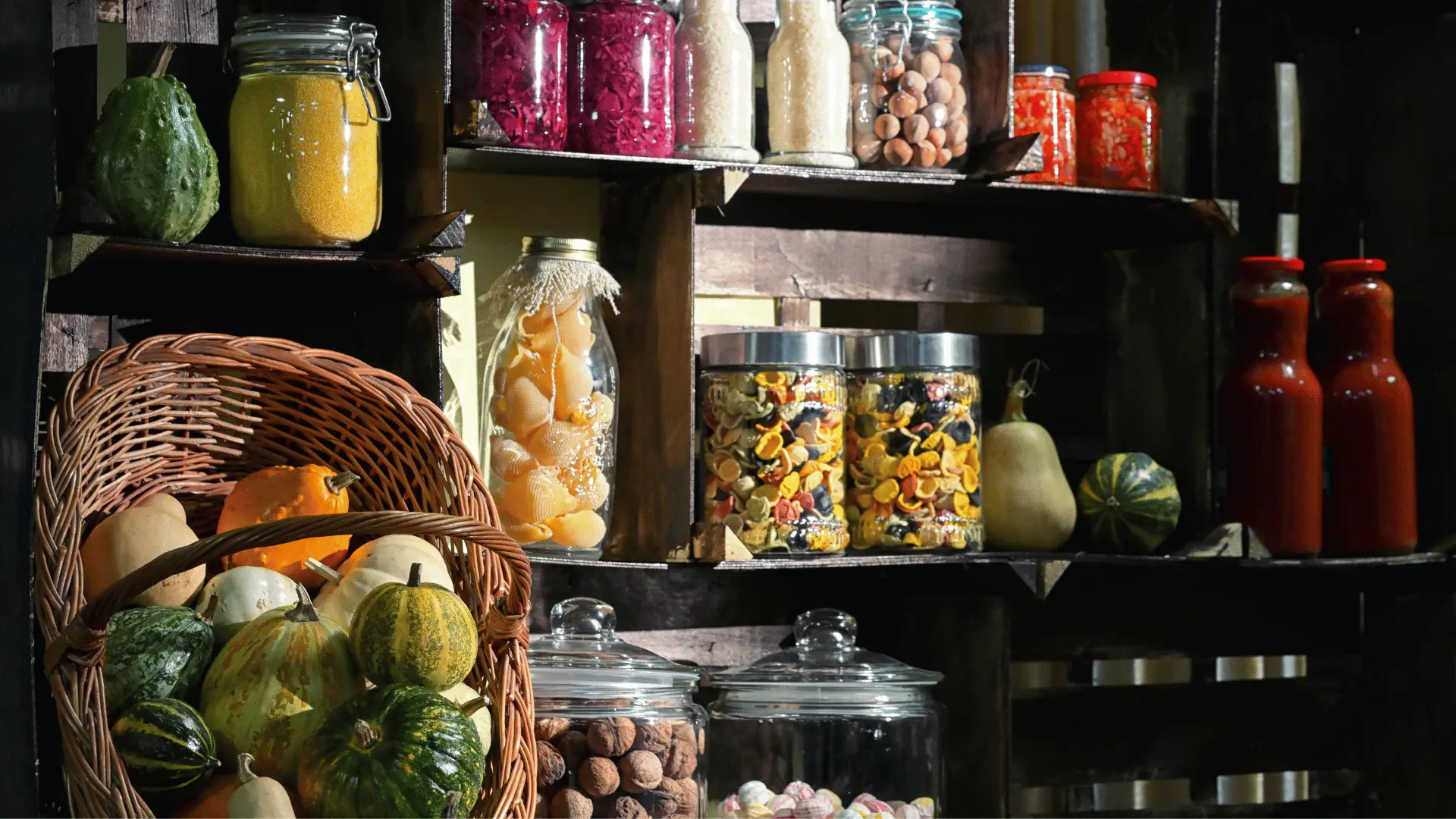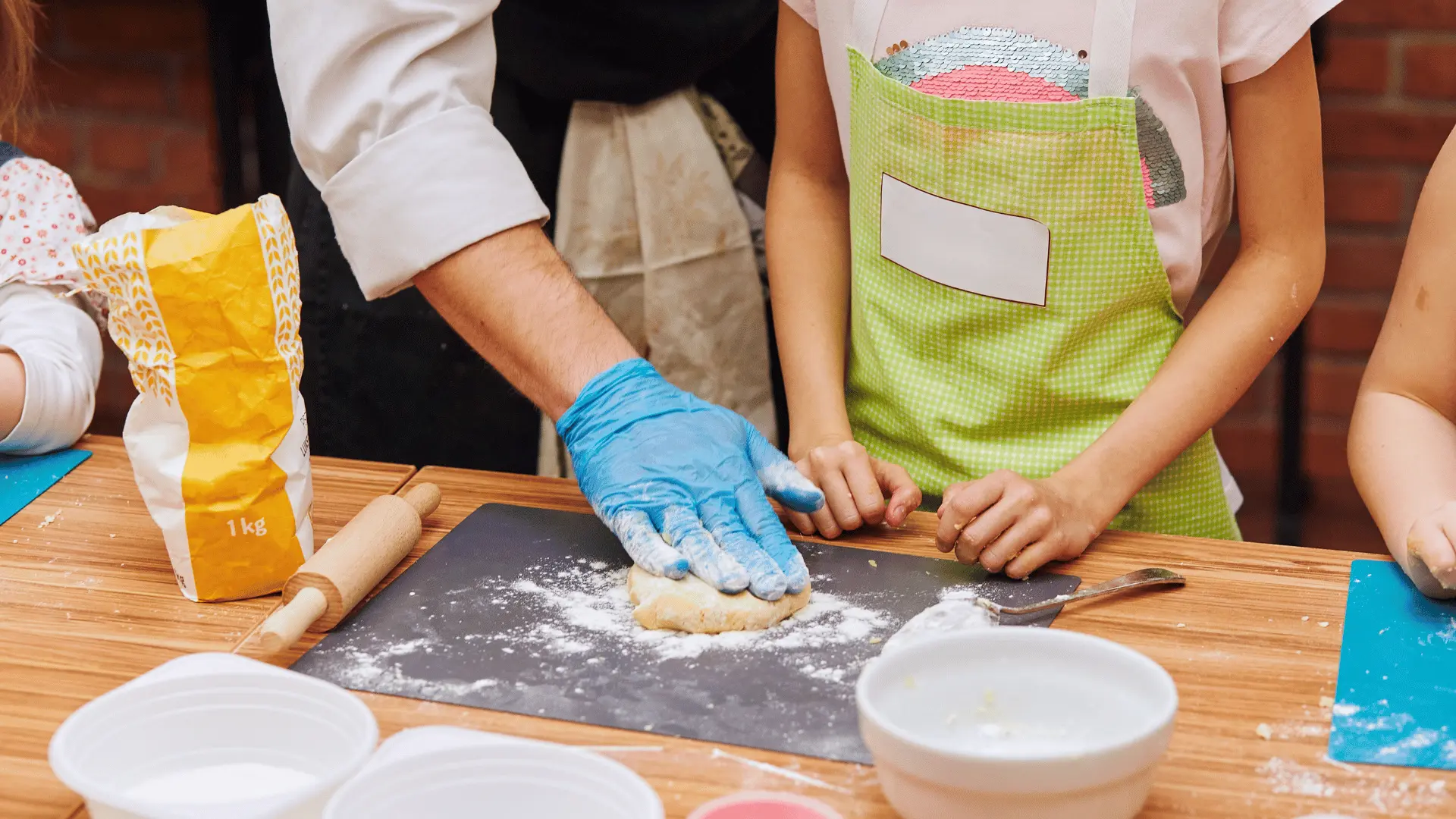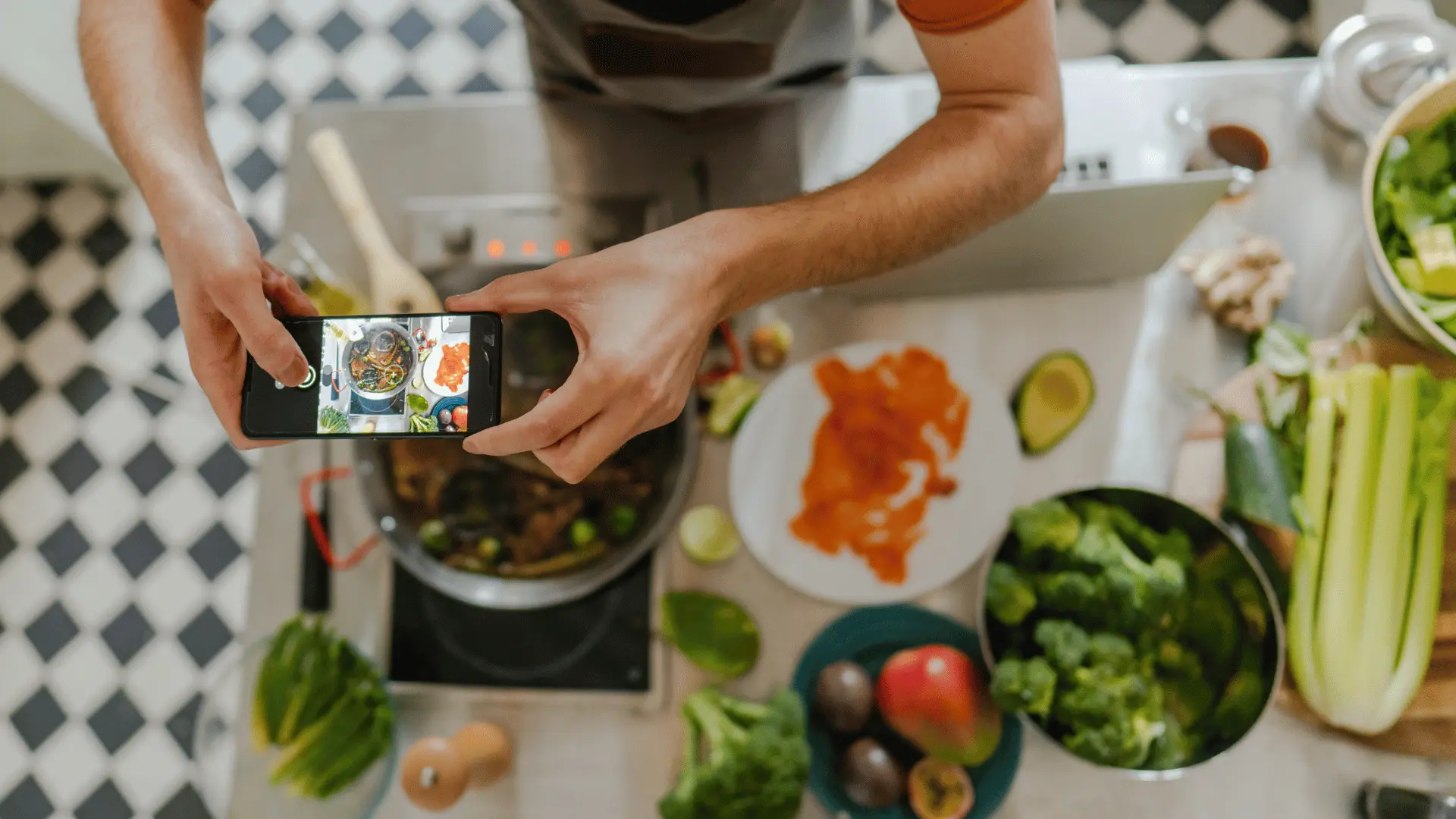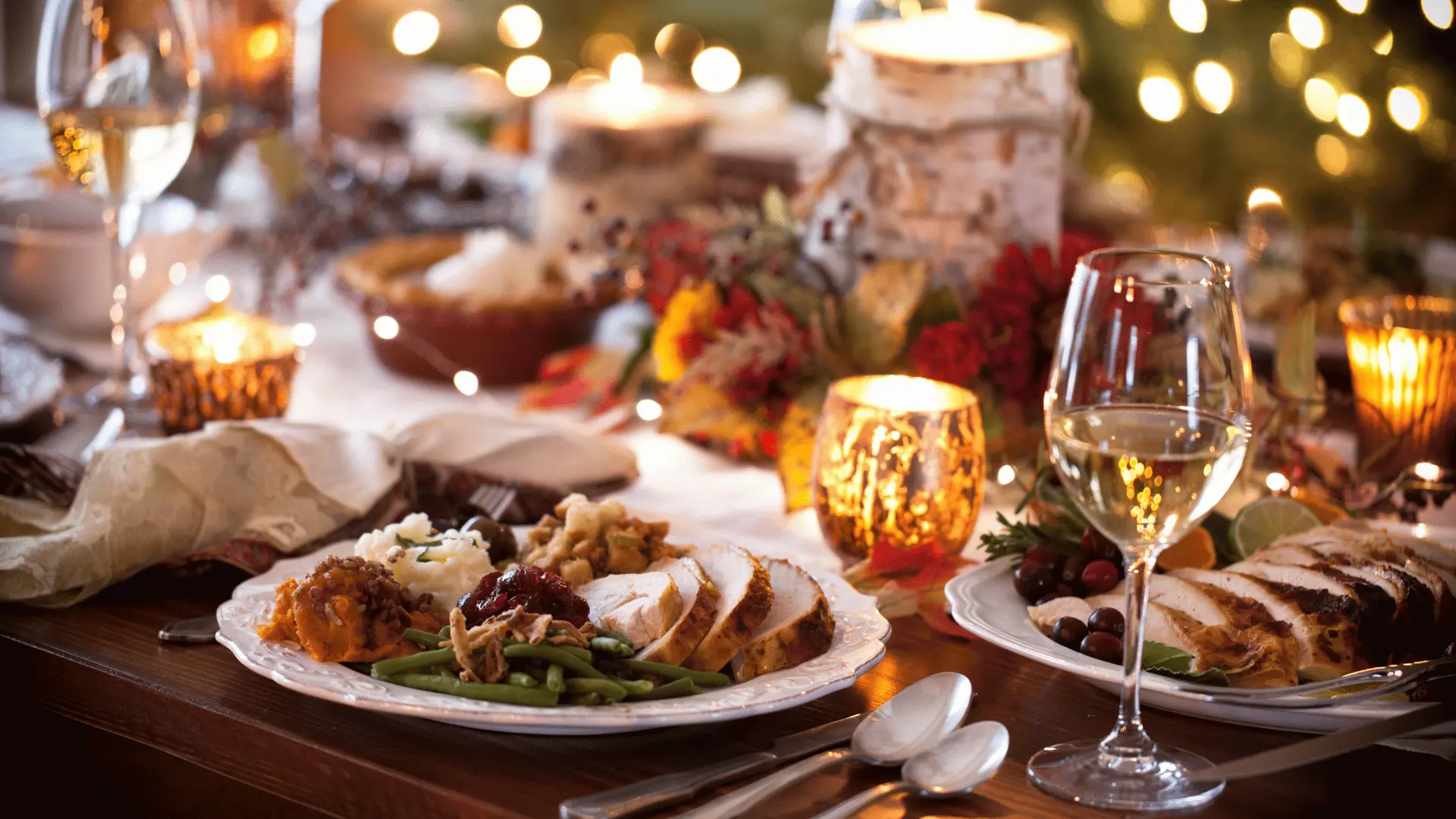
How to Collect Recipes from Your Family Before It’s Too Late
Every family has a secret sauce, a handwritten pie recipe, or a legendary casserole that lives more in memory than on paper. And if we’re being honest, most of us assume we’ll have time to capture those recipes “someday.” But someday has a way of slipping away. Loved ones age, cards get misplaced, and traditions fade unless we take action. That’s why it’s so important to collect recipes from your family before it’s too late.
We’ve seen how food is more than nourishment—it’s a connection. We know the heartbreak of recipes lost to time. But here’s the good news: with intention, patience, and the right approach, you can preserve your family’s recipes and the stories that make them special. Here’s how to start.
Step 1: Recognize Recipes as Heirlooms
Before you even collect a single recipe, you need to shift your mindset. Recipes aren’t just lists of ingredients—they’re heirlooms. They carry fingerprints, smudges, and stories. That pancake recipe written in your grandmother’s slanted cursive? It’s as valuable as any quilt or piece of jewelry. Seeing recipes this way helps you understand why preserving them is urgent and essential.
Step 2: Start the Conversation
Collecting recipes is as much about people as it is about food. Begin by asking your loved ones about their favorite dishes and the stories behind them. Start simple:
- “What meal reminds you of home?”
- “What’s one recipe you’d want me to know how to cook?”
- “Who first taught you how to make it?”
These open-ended questions often unlock a flood of memories. You’ll hear about holiday dinners, trial-and-error recipes, and even the funny disasters that made certain meals unforgettable. Remember, you’re not just collecting directions—you’re capturing stories.
Step 3: Gather the Physical Treasures
Don’t overlook the recipe cards, cookbooks, or scraps of paper tucked into drawers and cabinets. They may look fragile, but they’re treasures. Every smudge of butter, every fold in the paper tells part of the story. Take the time to gather and organize them, even if they’re incomplete or worn. Later, you can scan or photograph them to preserve both the content and the character.
Step 4: Cook Together
Sometimes recipes live in memory rather than on paper. Your mom might measure “a pinch of this and a handful of that.” Your uncle might know the exact sizzle a pan should make but can’t explain it in teaspoons. The best way to capture these recipes? Cook alongside them. Bring a notepad, ask them to slow down, and record the steps. Better yet, take photos or videos—it’s the closest thing to bottling their expertise.
Step 5: Record the Stories, Not Just the Steps
What makes family recipes priceless isn’t just the taste—it’s the meaning behind them. Make sure to capture the context:
- When did they first make this dish?
- Who taught them?
- Was it tied to a holiday, celebration, or family milestone?
- What tweaks or “secret ingredients” made it theirs?
Pairing recipes with their stories ensures they’re more than just instructions—they become living heirlooms that carry the voices of your loved ones forward.
Step 6: Embrace Technology
In the past, recipes lived in shoeboxes and binders. Today, we can do better. With tools like Recipe Memory, you can upload recipes, photos of the original cards, audio clips of loved ones telling their stories, and even videos of them cooking. Instead of scattering recipes across texts, emails, and scraps of paper, everything can live in one organized, searchable place.
Digitizing doesn’t mean erasing tradition—it means extending it. Those flour-stained recipe cards still matter. But by digitizing them, you ensure they’ll never be lost to fire, water, or time.
Step 7: Involve the Whole Family
Recipe collecting doesn’t have to be a solo project. Invite cousins, siblings, and even kids to contribute. Create a family “recipe collection day” where everyone brings their cards, photos, or memories. Ask relatives to upload their versions of family dishes. You might discover variations you never knew existed, each one adding another layer of story to the same beloved recipe.
Step 8: Prioritize the Recipes at Risk
Life is unpredictable. If you know a loved one who carries recipes mostly in memory, make them your first priority. Call them, visit them, or set up a video chat. Record as much as you can, even if it feels messy. Imperfection is better than absence. Later, you can refine and organize the notes, but you can’t recapture a memory once it’s gone.
Step 9: Preserve Both the Originals and the Updates
Recipes evolve. The meatloaf your grandmother made might be different from the one your mom tweaked. Don’t discard the variations—preserve them both. Seeing how recipes adapt over time reflects the growth of your family and the way traditions are living, breathing things.
Step 10: Share and Celebrate
Once you’ve collected recipes, don’t let them sit in silence. Share them. Host a family dinner where everyone cooks from the digital collection. Make a holiday tradition of revisiting a recipe’s story before digging in. Print a small batch of family cookbooks as gifts. By celebrating these recipes, you ensure they stay alive, not just as files, but as part of your family’s rhythm.
Why Collecting Recipes Matters
Recipes are more than food—they’re memory. They remind us of the smell of grandma’s kitchen, the laughter around a holiday table, or the quiet pride of mastering a dish for the first time. If left uncollected, those memories vanish. But when we preserve them, they become bridges—connecting generations, grounding families, and giving future children a taste of where they come from.
The act of collecting recipes is also an act of love. It shows your family you value their stories, their labor, and their legacies. And it ensures that even decades from now, those voices will still be heard at your table.
Key Takeaway
Collecting family recipes isn’t something to put off—it’s something to start now. Before memories fade and papers disappear, take the time to record, digitize, and share. With Recipe Memory, you can build a digital family cookbook that preserves not just instructions, but the laughter, voices, and histories behind them. Because when we protect recipes, we protect connection itself.
Don’t wait for “someday.” Start today—and give your family the gift of memory, preserved one dish at a time.
Love what you’re reading?
Join Recipe Memory today to save your favorite recipes, plan meals with ease, and create smart grocery lists ...all in one place.
